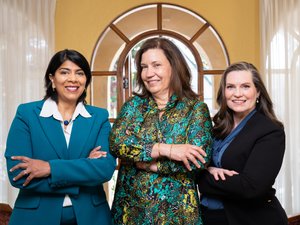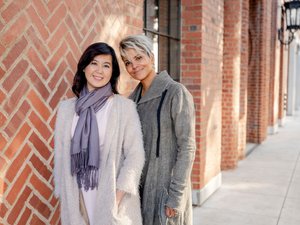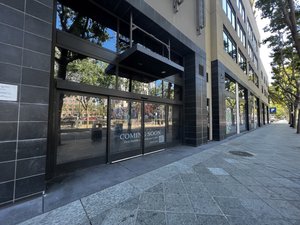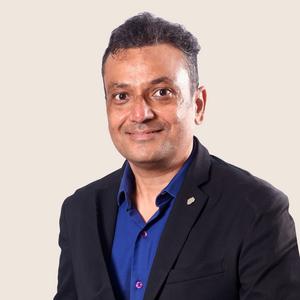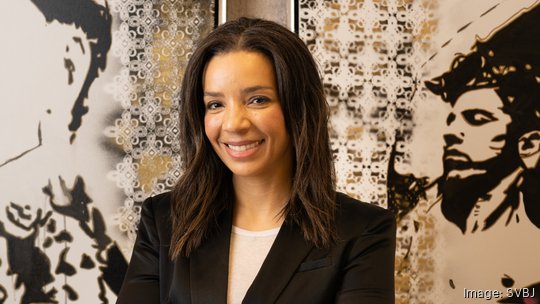
Plastic surgery is probably not the first thing you think about when it comes to Silicon Valley innovation, but for Kamakshi Zeidler it's become an integral part of her work and practice.
Throughout her career, Zeidler, a board-certified plastic surgeon, has made it a point to bring innovative medical technology to her patients. That's been particularly the case since she founded Aesthetx Surgery Center, a Campbell-based plastic surgery and dermatology practice, in 2017. Zeidler, a 2018 Business Journal Women of Influence honoree, has led investigations into using stem cells to help treat people with liver disease, clinically tested new types of breast implants and helped bring newly developed and approved procedures to market.
But innovation has been a theme for Zeidler even outside her medical practice. She's served as a consultant to various biotechnology and medical technology startups working on cutting-edge innovations. And she's a member of the board of Octance oc, a Newport Beach-based startup accelerator that focuses in part on next-generation life-science companies.
In an in-person interview with the Business Journal last month at her Campbell office, Dr. Zeidler talked about the importance of innovation in her field and how it's likely to change cosmetic — or aesthetic — medicine in the future. This interview has been edited for clarity and length.
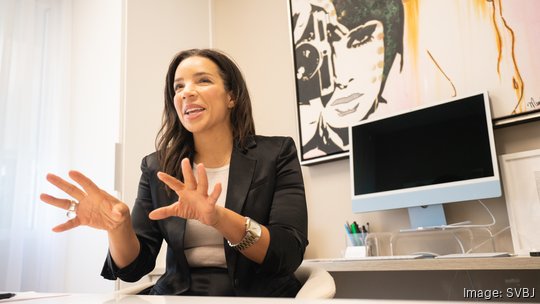
How does innovation factor into cosmetic medicine?
Where it really comes together is like having a vision.
When you meet a patient and they're looking to make a change — whether it's improving the contour of a neck or changing the shape of breasts or reconstructing after cancer, any one of these things — it's in my mind what I want to do, being able to see where we're starting from and knowing the steps to get there. With innovation, it's really the same process of seeing a need.
There's technologies (that) are just not accepted by patients, or there's something cumbersome about the way something is done. A process like breast reconstruction is one of them.
There's a product being launched in Japan that's an injectable breast implant, because in Japan people don't like scars and they like very, very small breast augmentation. So a company saw this need and designed a device to meet that need. Not only is it good business, but it actually translates to great patient care. (You have) the vision of being able to see where we want to go and where we are and stepwise, how to get there.
How has being in Silicon Valley affected your ability to promote and embrace innovation in your practice and at Octane?
I think the greatest thing about being in Silicon Valley is that a lot of patients are in the know about new, innovative technologies. They're educated. They're in this startup mentality, so they're very interested.
I'm a plastic surgeon, I'm not an MBA or in business or finance. But looking at some of these companies and the ability to raise capital, the interesting thing is investors really want to know what's going to be successful. (At Octane), we're always like looking at investing in aesthetics (innovations), and we're trying to figure out what is really going to be something.
What new or in-development technologies are you're really excited about?
One is (a) new breast implant coming to the United States.
The breast implant market is one that's loaded with a lot of history (and) drama. There's still a lot of stigmas around breast aesthetics. A woman's decision to choose breast augmentation has been sexualized.
So (a Costa Rica-based medical technology company) Establishment Labs has designed products to address this negative legacy. (It's) coming to market with technology designed from a women's health perspective, a device that includes an RFID sensor.
Don't think of a new breast implant. Think of an iPhone. The sensor could have the capabilities of monitoring your heart rate over time and temperature.This could be telling you how many calories you burned without having to have a device strapped on to your body.
When we talk about medical innovation in general is there a need for a more holistic approach?
I think so. Thinking of the end game, what are we really trying to accomplish?
There's another company in technology that's actually Silicon Valley-based, Turn (Biotechnologies Inc.), where they're doing epigenetic (relating to how genes are expressed) reprogramming. It's (about) being able to look at aging as a factor and not just (help people) look younger, but actually feel younger. It's early, but the idea is can we reprogram your cells to think and actually act younger.
We can do injections all over the face to reduce wrinkles or fill in contours, but could you do an injection into the hair and suddenly your hair is not gray? Being able to engineer ways to get into the cell and get it to think differently is really exciting. So, we're not heading towards more devices and more surgery, but ways of modulating the body.
Where do you want medical innovation to go?
I think the idea of making things less of a major life event.
There are certain things where it's just going to be a big surgical procedure, and there's going to be downtime, and there's going to be recovery. But can we make incisions smaller? Can they be less significant? Can we do things in a less invasive way?
Coming back to some of these companies I work with, Motiva (a brand that's part of Dallas-based Establishment Labs Corp.) looked at the Asian market (where) they don't do a lot of breast augmentation. The idea of doing breast augmentation in some markets is not an acceptable thing. So (they're) designing a product that can be (implanted) through a teeny tiny incision in (the) armpit under local anesthesia.
It sounds cheesy, but could you do a lunchtime augmentation? I mean, these kinds of things are possible. And could it be undone just as easily? Yes. Could breast enhancement be done as an injectable, and so less invasive, less downtime with less signs of it having (been) done? We're approaching something that is really futuristic in our time.
